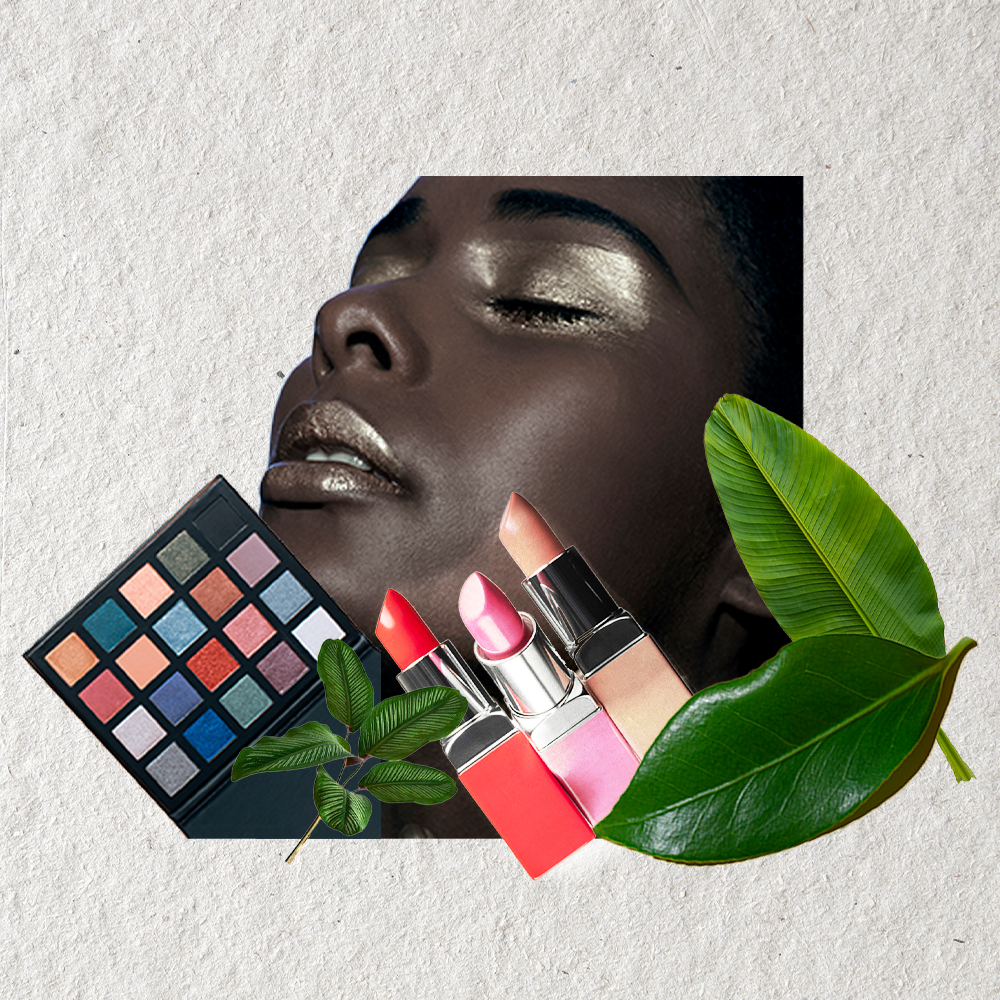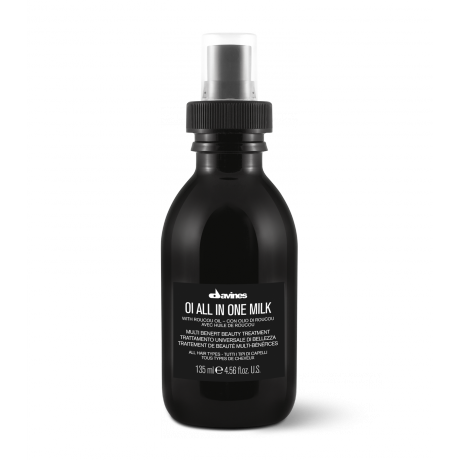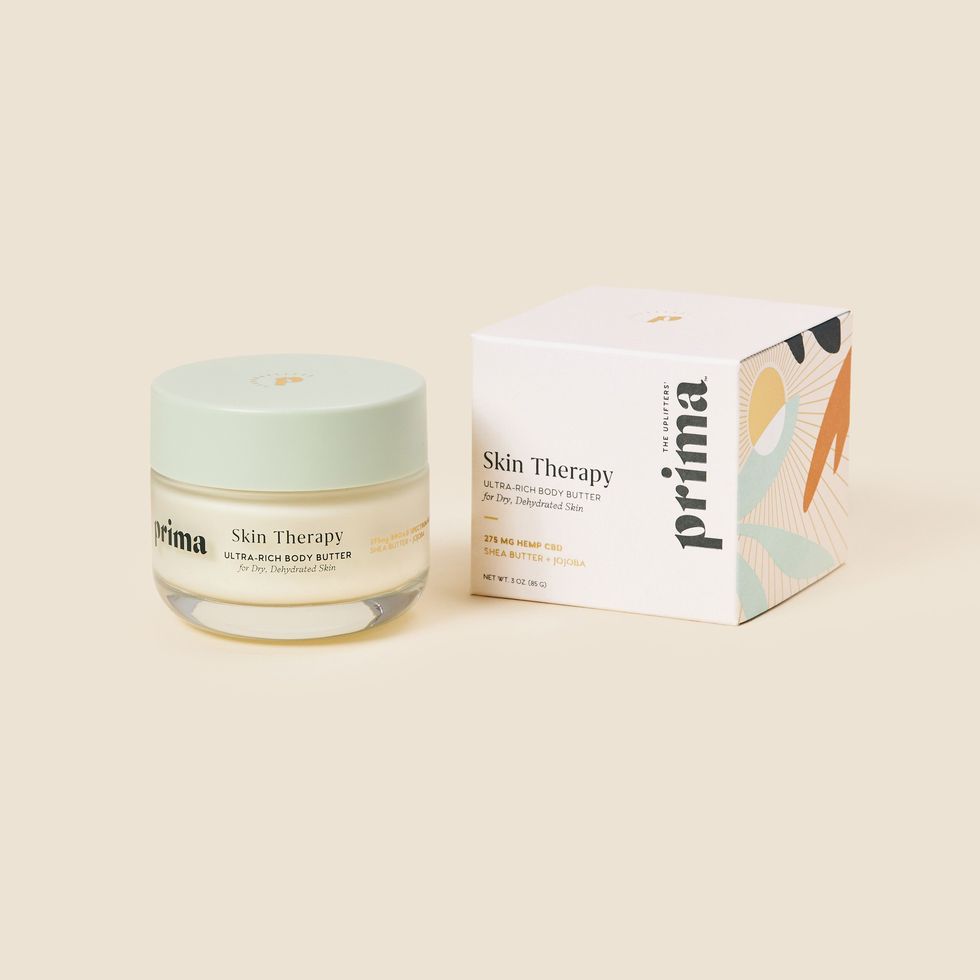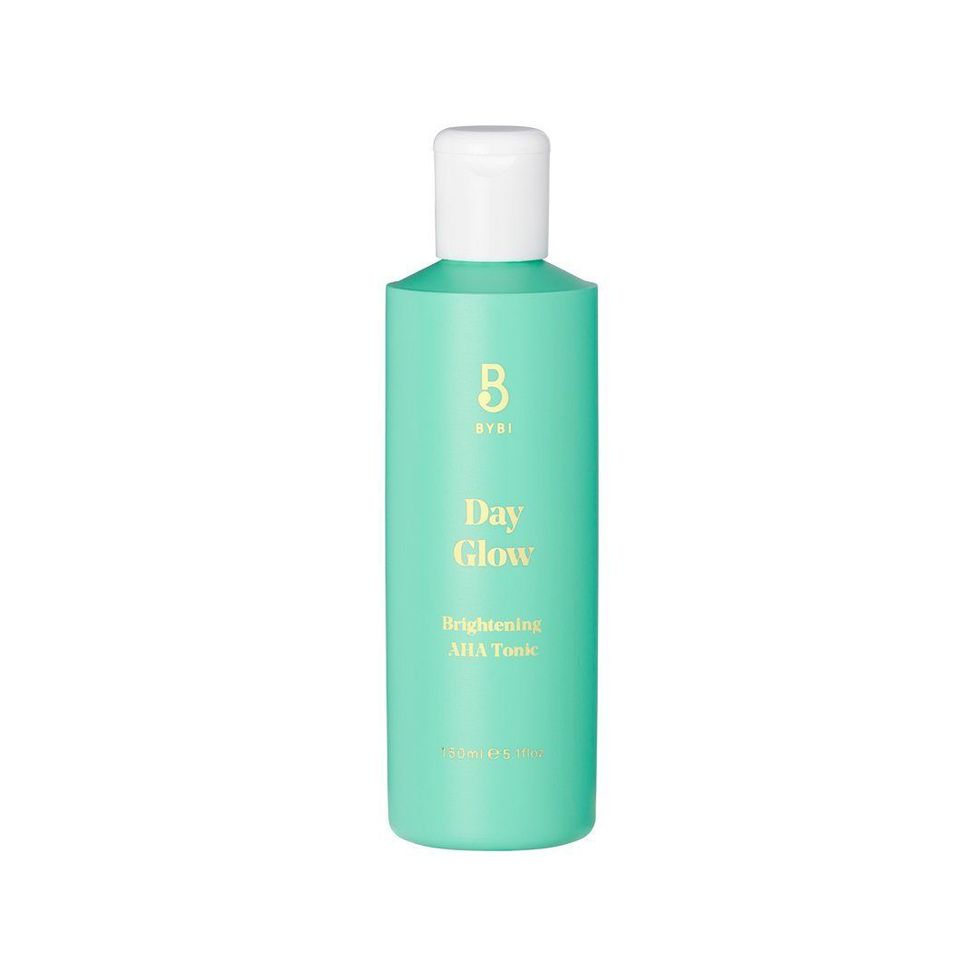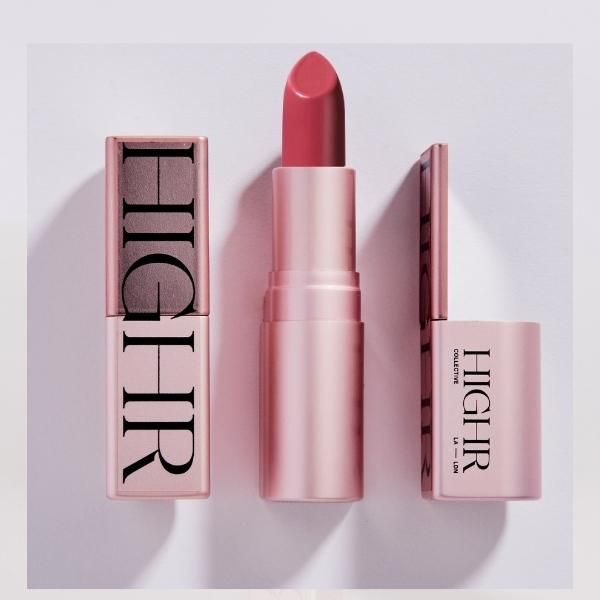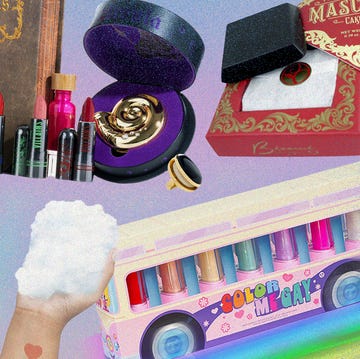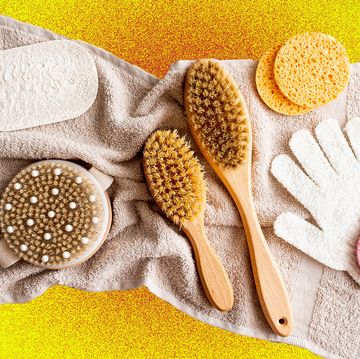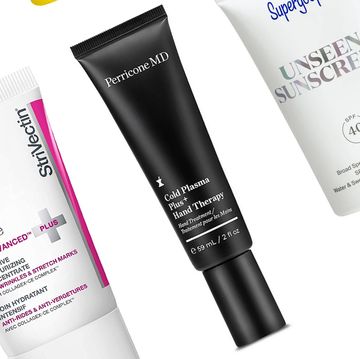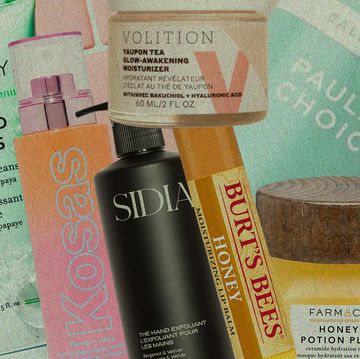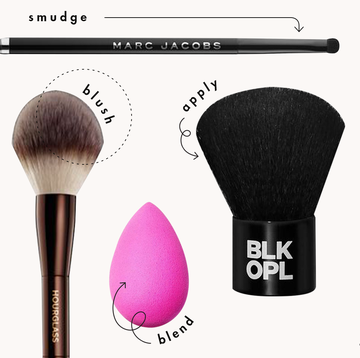A new wave of carbon-neutral skincare products is coming to the surface that do not add to the carbon footprint of the Earth as they are produced, and it's good timing. According to the U.S. Energy Information Administration, “it is estimated that in 2019 the United States emitted 5.1 billion metric tons of energy-related carbon dioxide, while the global emissions of energy-related carbon dioxide totaled 33.1 billion metric tons.”
Carbon-Neutral Beauty Essentials
Armed with these statistics, it is important for us to decrease as much carbon emission as possible for the benefit of the planet and to prevent global warming. Carbon-neutral beauty products do just that by creating something called net-zero carbon offset, which means the products remove as much carbon from the atmosphere as they produce.
“It’s a balance between emitting carbon and absorbing carbon from the atmosphere and therefore creating a neutral or net-zero carbon offset so beauty brands aren’t contributing to more carbon emissions in our atmosphere,” says Taryn Hoffman, a beauty & wellness strategist at Fashion Snoops.
Carbon emissions lead to a host of environmental problems, from climate change to the destruction of the ozone layer, which exposes us to harmful UV rays. But consumers are starting to lean into the carbon-neutral beauty trend.
“People have started to adopt this eco-friendly habit in attempts to prevent global warming and have better control of climate change. By adopting carbon neutrality, everyone benefits,” says Dr. Konstantin Vasyukevich, a double-board certified plastic surgeon in New York.
Carbon-neutral beauty products work just as well as regular beauty products — their production just doesn’t add carbon to the atmosphere.
“The products themselves may be identical in quality and effectiveness to others, but the packaging and manufacturing processes are performed in a responsible way so as not to unnecessarily waste energy or resources,” says Dr. Joshua Zeichner.
He says that selecting a brand using carbon-neutral technologies is just one way we can help protect the environment without sacrificing the quality of products being applied to the skin.
Some emerging brands that have gone carbon neutral are Davines, Prima, Tropic Skincare, Highr Collective, Bolt Beauty, and BYBI Beauty. Vasyukevich says the reason they’re doing so well is that they’re making promises about forest restoration, community projects pertaining to energy and water, and using ethical suppliers. Hoffman says Prose is another major player that is known for its effective and sustainable hair-care products, but it is also one of the first brands to cut and offset its carbon from the start of the brand in 2017.
Why is this happening?
Carbon-neutral beauty is emerging because consumers, especially Gen Z consumers, are becoming more eco-conscious when it comes to their purchasing habits, and they’re really diving into this new wave of activism for the environment, says Hoffman.
“Consumers nowadays are much more educated on the environmental impact beauty products have on our planet and are pushing brands to take meaningful, actionable steps to help reverse climate change,” says Hoffman. “This supports the growth of energy-efficient and sustainable technologies, carbon-offset projects, and cleaner fuels.”
How are these products made? How do these products work?
According to Hoffman, carbon-neutral products start by companies evaluating the individual product’s carbon footprint and environmental impact throughout its entire life cycle, from importing the raw materials to manufacturing and delivery.
“Then brands are able to assess how much carbon emissions come from the product at different stages throughout its life cycle and can establish alternative options that neutralize and reduce the carbon footprint in those areas,” Hoffman says. “If there are any remaining and unavoidable carbon emissions, those are offset by the brand working with a carbon-offset program, locally or internationally, to invest in programs that balance out their carbon footprint.”
Achieving carbon neutrality is not an end goal but actually a bridge to more-substantial reductions. Some products are actually carbon negative, which she says is achieved by using biodegradable material for packaging so that the containers actually remove 33 times its weight in carbon. One such example is Lush cork pots used for storing things. Another example is toothpaste tubes made from the byproduct of sugarcane.
What’s the future of the trend?
As carbon-neutral beauty is still relatively new and isn’t regulated, Hoffman says there’s still a lot of uncertainty amongst brands and consumers about the legitimacy of these claims. “One way we see this expanding and becoming more relevant is brands getting certified through third-party organizations,” she says. This ensures there is a framework for the certification and gives legitimacy to a brand’s claims and assures their customers that they are purchasing products that are supporting the environment as much as the brand claims.
“Expanding beyond that, the new frontier in this area is not just carbon neutral but carbon negative,” says Hoffman. “This means that a brand is actually removing more carbon emissions from the environment than they are creating.”
According to Hoffman, many researchers and scientists have stated that while carbon neutrality is a great first step, our environment needs more than that and we actually need to remove more than we have already created. At Fashion Snoops, they see this as the logical next step in this trend as we seek to not only reduce our environmental impact but reverse it.
Sara Radin is a culture writer and editor based in New York.
Get Shondaland directly in your inbox: SUBSCRIBE TODAY
